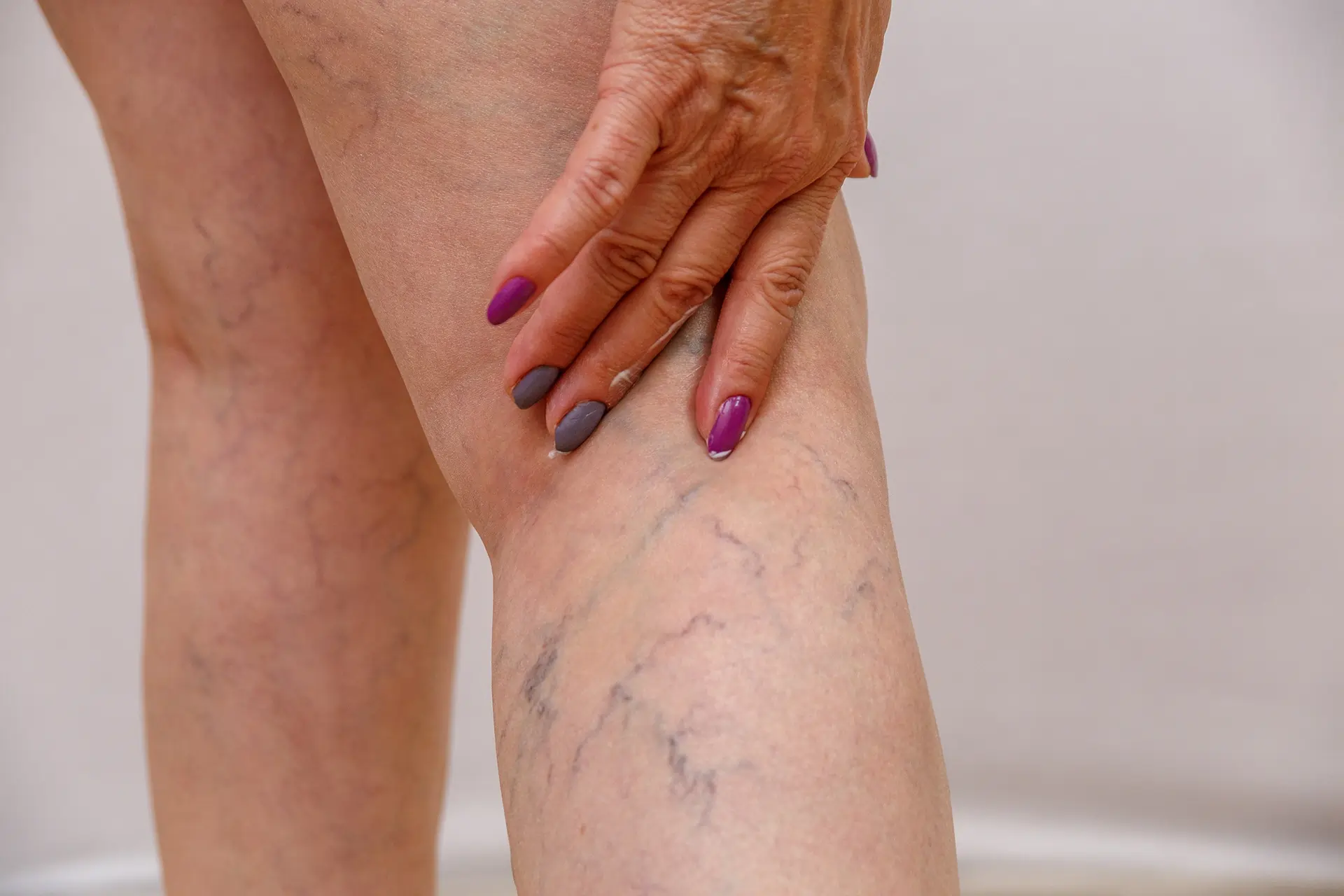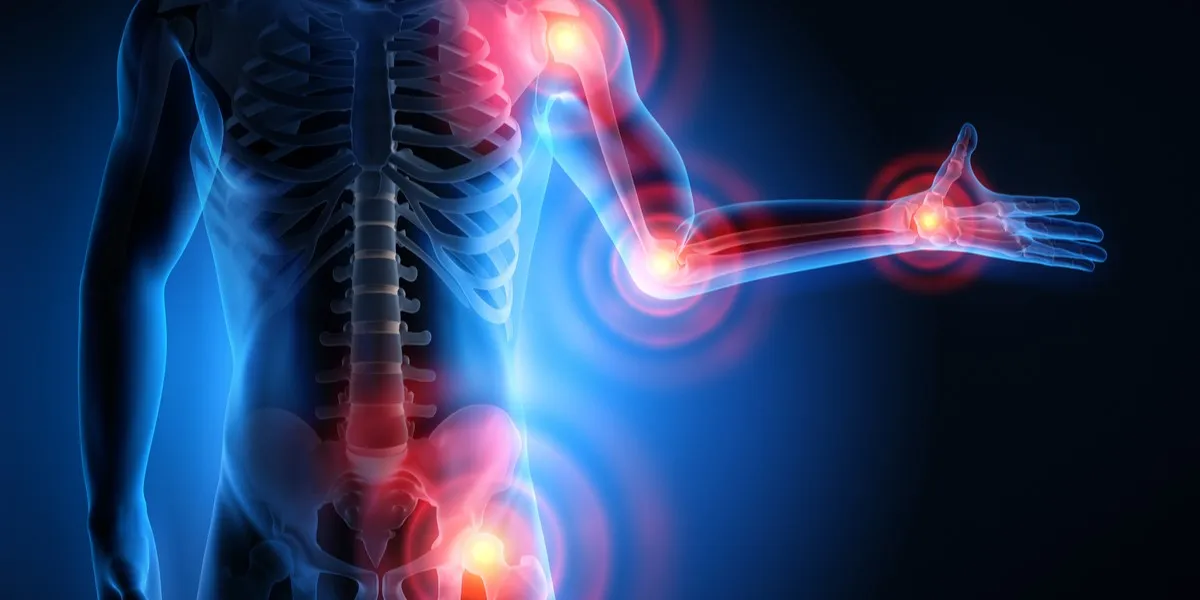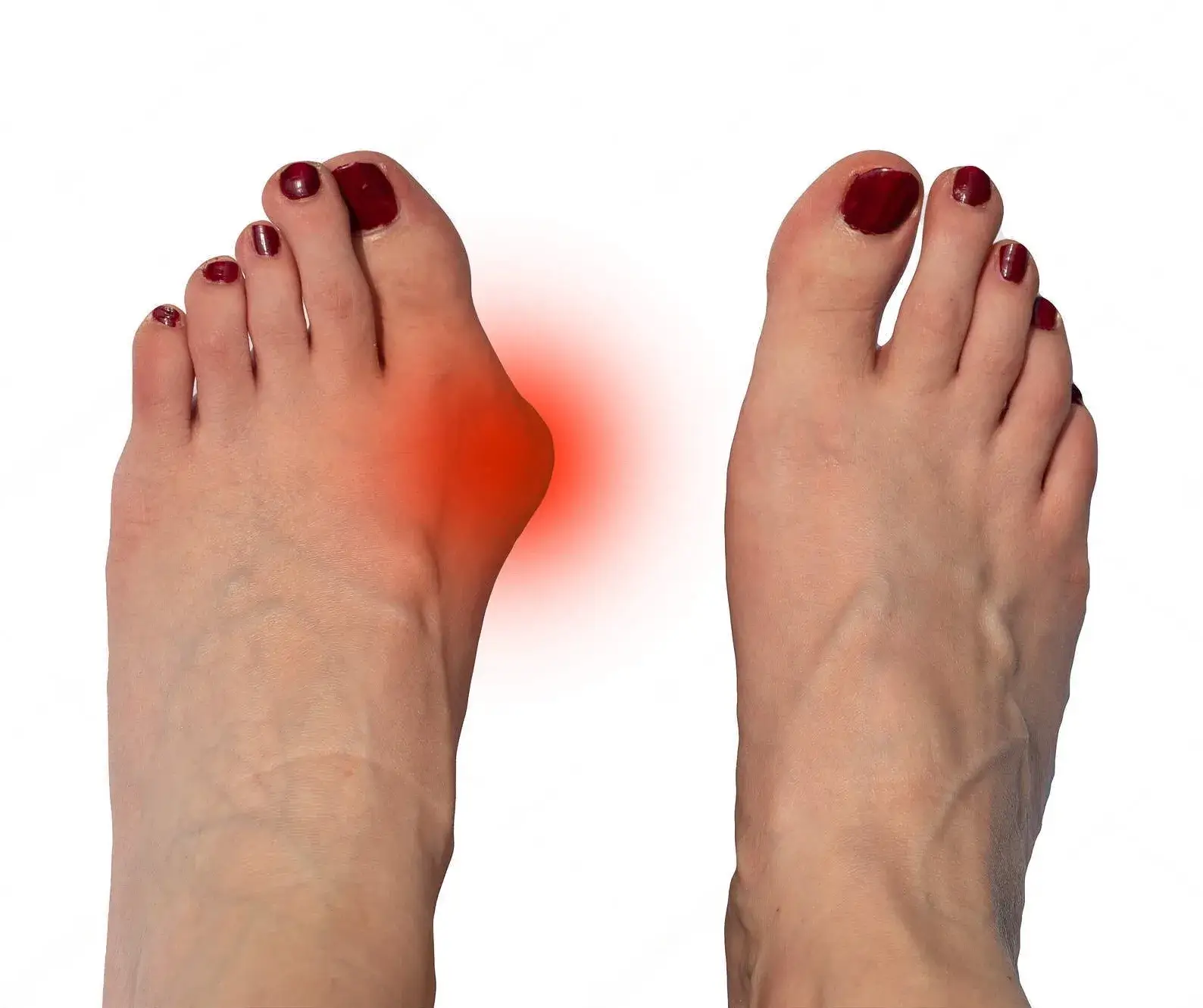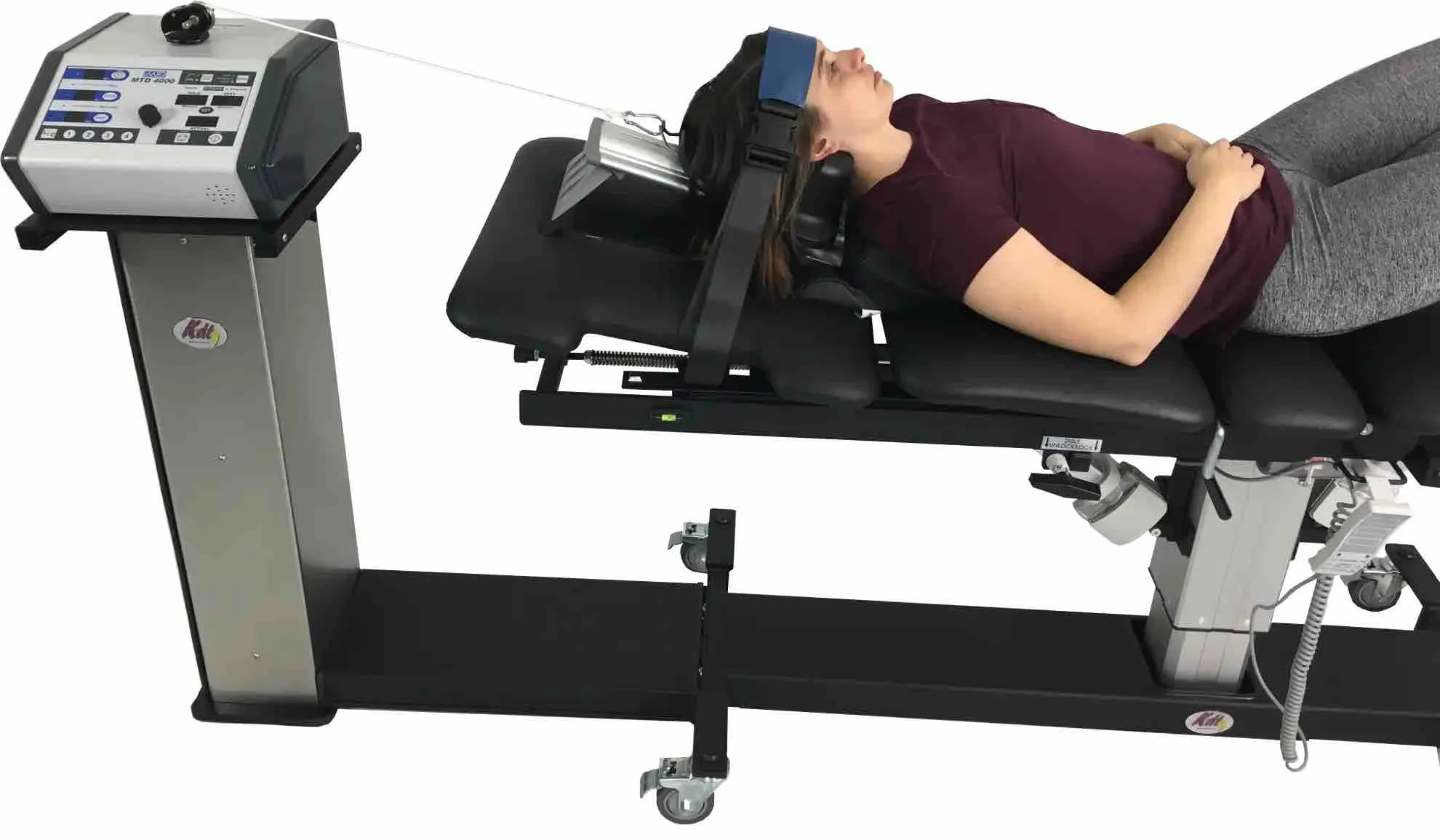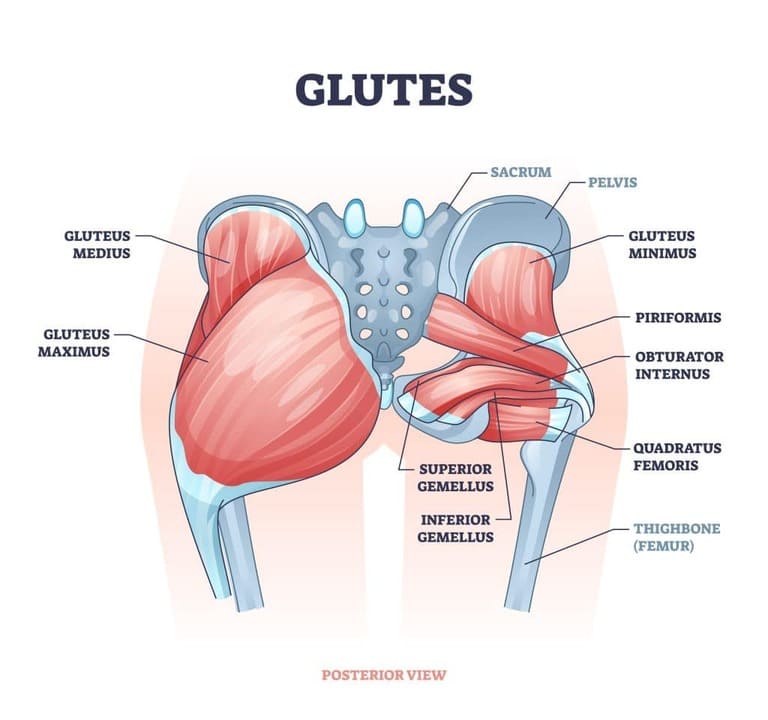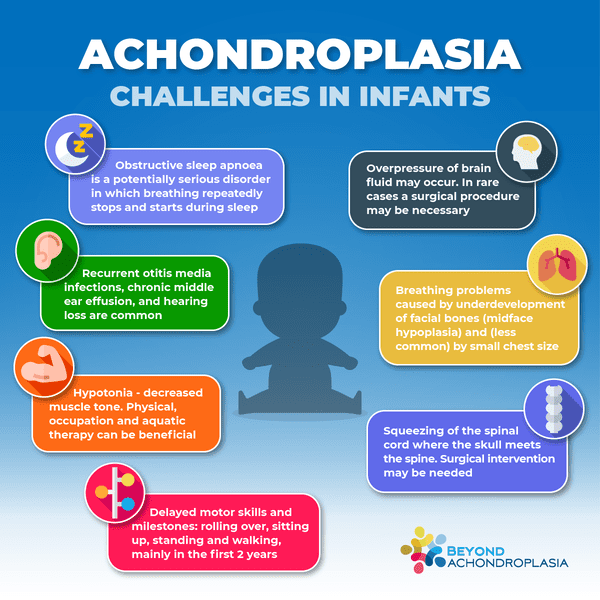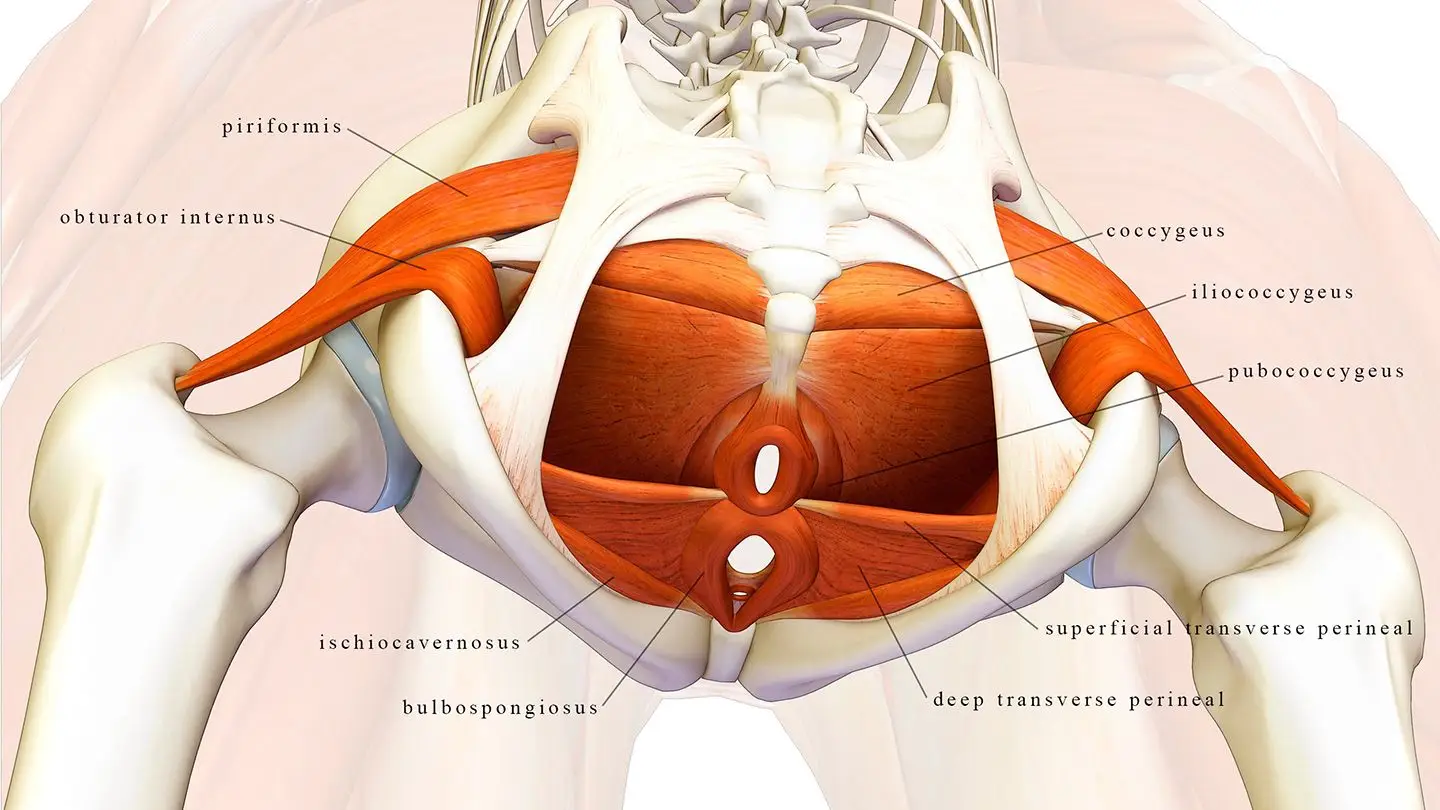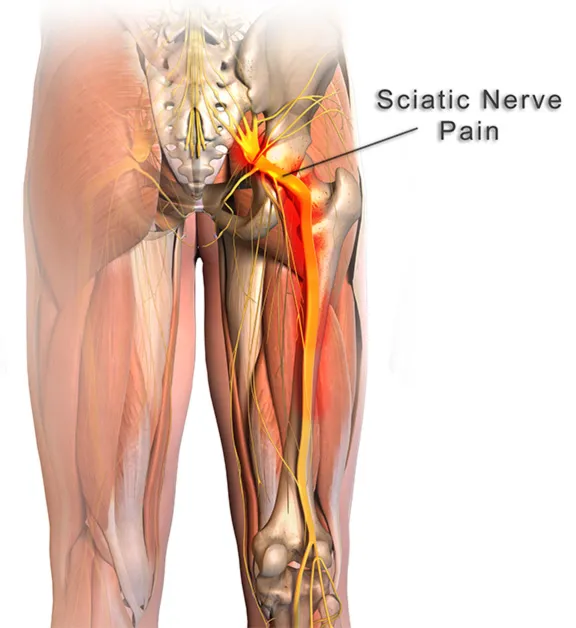
Overview
The rotator cuff is a group of muscles and tendons that stabilize the shoulder joint by holding the head of the upper arm bone securely within the shallow shoulder socket. A rotator cuff injury often results in a dull ache in the shoulder, which can intensify at night.
These injuries are quite common, particularly as people age, and they can develop earlier in those with jobs involving repetitive overhead movements, such as painters or carpenters.
Physical therapy plays a key role in managing rotator cuff injuries by improving flexibility and strengthening the surrounding muscles. In many cases, therapy alone can significantly alleviate symptoms. However, when a rotator cuff tear results from a single traumatic event, immediate medical attention may be necessary, as surgery might be required to repair the damage.
What is a Rotator Cuff Tear?
A rotator cuff tear occurs when the tendons in the shoulder pull away from the bone, leading to shoulder pain and difficulty moving the arm. The rotator cuff enables arm movement, especially lifting and rotating the arm. It also keeps the ball of the upper arm bone (humerus) securely in the shoulder’s socket, which is a ball-and-socket joint, similar to how a golf ball sits on a tee.
Rotator cuff tears can happen gradually due to overuse or suddenly from injury. There are two types of tears:
– Partial Tear: In this case, the tendon is only partially detached from the bone.
– Complete Tear: This involves a full separation of the tendon from the bone, leaving a hole or gap in the tendon.
How Common Are Rotator Cuff Tears?
Rotator cuff tears are quite common, with millions of people experiencing these injuries each year, especially adults. In some cases, individuals may not even realize they have a tear, as they might not experience any symptoms.
Symptoms of a Rotator Cuff Tear
Rotator cuff tears often lead to a range of symptoms, primarily shoulder pain and weakness, which can make daily tasks challenging. Common signs of a tear include:
Pain and Weakness: Difficulty raising, lowering, or rotating your arm, especially when lifting objects or reaching overhead.
Popping or Clicking Sounds: You may hear or feel popping, clicking, or crackling in your shoulder during movement.
Nighttime Pain: Pain that worsens at night or while resting your arm.
Limited Range of Motion: Decreased mobility in your shoulder, making activities like lifting or rotating your arm difficult.
Rotator cuff tear symptoms can vary in severity. Some experience a dull ache deep in the shoulder, while others may feel sharp, stabbing pain. A sudden tear, often caused by an accident or trauma, can lead to immediate and intense discomfort, while degenerative tears tend to start with mild pain that worsens over time.
Causes of Rotator Cuff injury
Rotator cuff injuries can arise from several causes:
Overuse and Repetitive Stress: Frequent overhead motions, such as those involved in sports like baseball, tennis, and swimming, or in jobs like painting and carpentry, can gradually wear down the rotator cuff tendons over time.
Trauma and Acute Injuries: A sudden impact, such as a fall or an accident, can cause acute tears, leading to immediate pain and loss of arm function.
Age-Related Degeneration: The tendons in the rotator cuff naturally degenerate with age, weakening and becoming more prone to injury, even with minor strain.
Muscle Imbalances: When muscles surrounding the shoulder are imbalanced, some becoming weaker or more dominant, it can alter shoulder mechanics and stress the rotator cuff.
Bone Spurs: Bony growths can develop on the shoulder bone, rubbing against tendons and leading to tears over time.
Decreased Blood Flow: As people age, blood flow to the rotator cuff decreases, reducing the tendons’ ability to repair themselves, making them more susceptible to injury.
Risk Factors for Rotator Cuff injury
Several factors increase the likelihood of developing a rotator cuff tear, including:
Age: People over 40 are at higher risk, particularly for degenerative tears.
Repetitive Overhead Movements: Jobs or sports that involve frequent overhead motions, such as carpenters, mechanics, painters, baseball players, and tennis players, elevate the risk of injury.
Poor Posture: Incorrect posture can place additional strain on the shoulder, increasing the risk of rotator cuff injuries.
Family History: A genetic predisposition to shoulder problems or rotator cuff injuries.
Smoking: Smoking negatively affects tissue health and blood flow, increasing the likelihood of tendon damage.
Complications and Consequences of Untreated Rotator Cuff Tears
If left untreated, a rotator cuff tear can worsen over time. A complete tear may make it nearly impossible to move the arm, leading to chronic pain and significant functional limitations. In severe cases, untreated tears can cause muscle atrophy, resulting in a noticeable loss of muscle mass and strength in the shoulder. Early diagnosis and treatment are essential to prevent further damage and improve recovery outcomes.
Treatment Options:
Treatment for a rotator cuff injury depends on its severity and can include:
- Rest and Activity Modification: Initially, resting the affected shoulder and avoiding activities that worsen the pain is recommended.
- Physical Therapy: Physiotherapy and osteopathy can help improve shoulder strength and flexibility. Therapists may use techniques like manual therapy and specific exercises to aid in recovery.
- Medications: Over-the-counter pain relievers or anti-inflammatory medications can help manage pain and inflammation.
- Corticosteroid Injections: In some cases, a healthcare provider may recommend corticosteroid injections to reduce pain and inflammation.
- Surgery: For severe tears or cases where conservative treatments do not yield results, surgical repair of the rotator cuff may be necessary.
Rehabilitation:
Rehabilitation plays a crucial role in recovering from a rotator cuff injury. Physiotherapy and osteopathy are essential components of the rehabilitation process and focus on:
- Strengthening: Exercises to target the muscles of the rotator cuff and the shoulder girdle.
- Stretching: Techniques to improve flexibility and range of motion.
- Functional Training: Specific drills to help patients regain everyday functionality.
- Pain Management: Modalities like ice and heat therapy to alleviate pain and reduce inflammation.
Related Conditions:
Rotator cuff injuries can sometimes be associated with other shoulder conditions, including:
- Bursitis: Inflammation of the bursa sac in the shoulder joint.
- Tendinitis: Inflammation of the tendons in the rotator cuff.
- Frozen Shoulder: A condition characterized by pain and stiffness in the shoulder joint.
Prevention:
Preventing rotator cuff injuries involves maintaining good shoulder health through exercises that strengthen the shoulder muscles and avoiding activities that put excessive strain on the shoulder joint.
In conclusion, a rotator cuff injury can be a challenging condition, but with proper diagnosis, treatment, and rehabilitation, many individuals can regain full shoulder function. If you suspect a rotator cuff injury or are experiencing shoulder pain, consult a healthcare provider for an accurate diagnosis and personalized treatment plan. Early intervention and a comprehensive approach to recovery are key to achieving the best outcomes.

